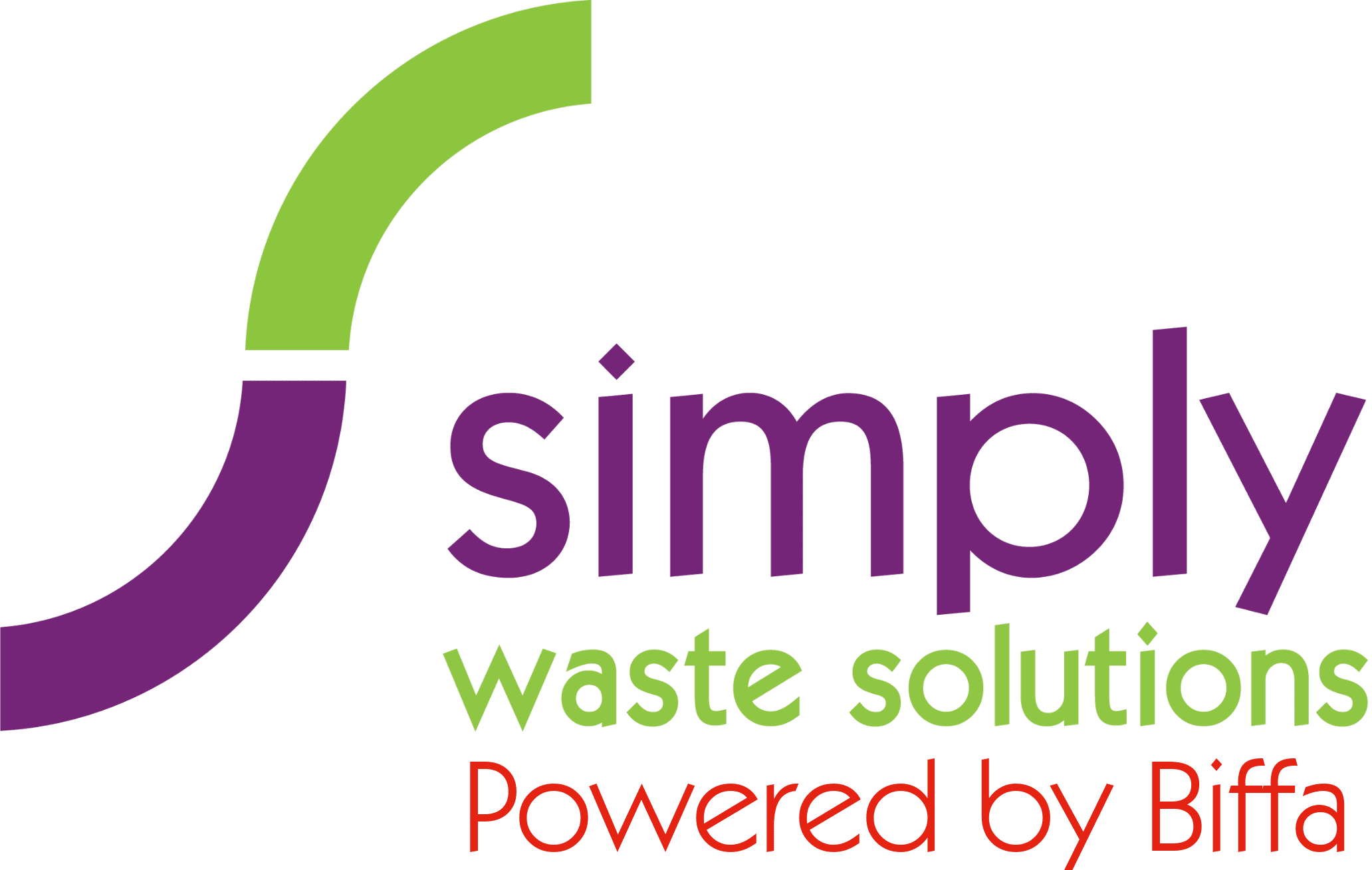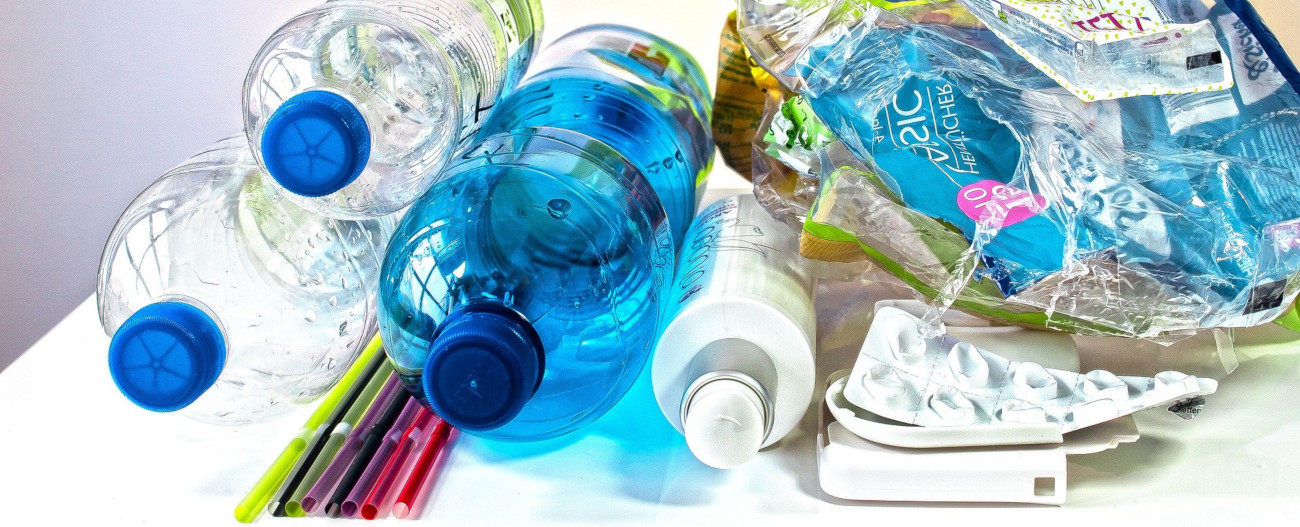By improving our understanding of waste and recycling, we can all do our bit and make a significant difference to the future of the world we live in. What makes things challenging is the numerous myths and misconceptions out there, surrounding what you can throw in which bin and the broad range of different symbols we find ourselves confronted with on products on packaging.
This is not true. Taking the time to ensure that you’re using the correct bin to dispose of your waste is key to maximising the amount of waste that can be recycled.
Different geographical areas and commercial waste collectors are likely to have different rules so check with them for an accurate acceptance list.
Things can only be recycled if they’re placed in the correct bin for collection. Placing non-recyclable items in recycling bins causes contamination and if too many contaminated or wrong items are placed in the bin, it could contaminate the whole truckload of recycling meaning that it will all be treated as general waste and be sent to landfill or for incineration.
If contaminated items such as plastic bags get into mixed recycling, they can clog up the machinery causing damage and delays to sophisticated facilities that work around the clock to sort mixed materials into single streams ready for recycling.
If you’re ever in doubt about if something can or can’t go into your recycling bin, you’re better off leaving it out and putting into general waste.
This is true to an extent. While you should make an effort to rinse out your empty packaging and containers, it’s not necessary to make them spotlessly clean. Just use the leftover washing up water to give them a quick rinse as materials undergo cleaning as part of the recycling process.

Not true, this tidy man symbol is from Keep Britain Tidy and is a reminder not to litter. It doesn’t relate to recycling and instead prompts you to dispose of the item in the most appropriate way.

Incorrect, you’ll find this symbol on electrical items to signify that they should not be placed in general waste bins. Electrical items can be recycled through a number of channels, check with your local council or waste contractor for advice.

This Forest Stewardship Council (FSC) “ticktree” logo is used to indicate that wood-based products are from well-managed forests, independently certified in accordance with the rules of the FSC.
This is just a handful of myths and logos that we’ve picked to clarify. If you would like to read a few more, you can read a previous article here.
The world of recycling can be complicated especially with geographical variances to consider. However, if there’s one thing you take away from this article, the most important thing to remember is if in doubt, chuck it out!
If your business needs a waste and recycling contractor who will pass on our advice on best practice and how to reduce what you’re throwing away, please get in contact with us by;
Calling 03330 433 033

 Sales 03308 285 687
Sales 03308 285 687 